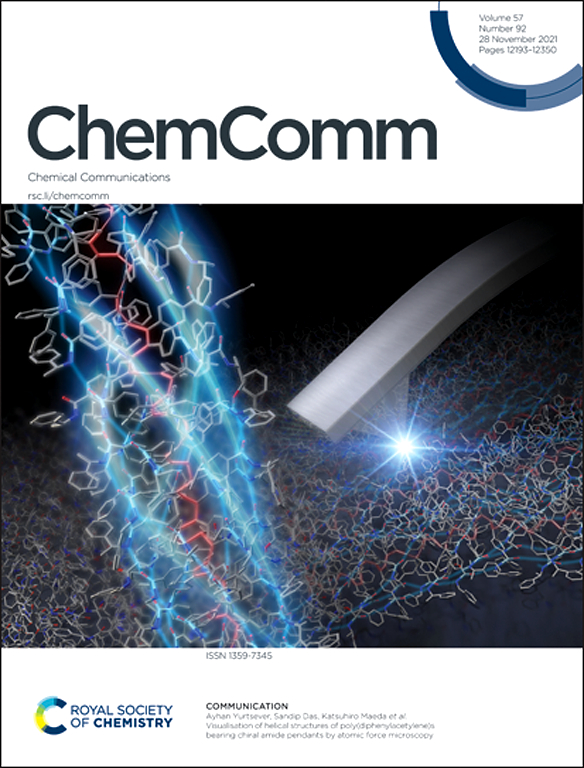Nanoporous high-entropy alloys and metallic glasses: advanced electrocatalytic materials for electrochemical water splitting
IF 4.2
2区 化学
Q2 CHEMISTRY, MULTIDISCIPLINARY
引用次数: 0
Abstract
Electrochemical water splitting is a promising approach to convert renewable energy into hydrogen energy and is beneficial for alleviating environmental pollution and energy crises, and is considered a clean method to achieve dual-carbon goals. Electrocatalysts can effectively reduce the reaction energy barrier and improve reaction efficiency. However, designing electrocatalysts with high activity and stability still faces significant challenges, which are closely related to the structure and electronic configuration of catalysts. Nanoporous high-entropy alloys (np-HEAs) and metallic glasses (np-MGs), characterized by long-range chemical disorder intertwined with local chemical order combined with three-dimensional, interconnected nanoporous structure, exhibit distinctive electrocatalytic properties and application potential for electrochemical water splitting. To promote the widespread application of np-HEAs and np-MGs, it is of great significance to rationally design and apply them in the field of electrolytic water splitting. In this review, the basic principles of hydrogen evolution reaction and oxygen evolution reaction as well as the fabrication techniques of np-HEAs and np-MGs are introduced. The recent progress in the efficient application of np-HEAs and np-MGs in electrochemical water splitting, and the current challenges and prospects are summarized. This review will provide theoretical guidance for the development of np-HEAs and np-MGs in electrochemical water splitting applications.

纳米多孔高熵合金和金属玻璃:电化学水分解的先进电催化材料
电化学水分解是将可再生能源转化为氢能的一种很有前途的方法,有利于缓解环境污染和能源危机,被认为是实现双碳目标的清洁方法。电催化剂能有效降低反应能垒,提高反应效率。然而,设计具有高活性和稳定性的电催化剂仍然面临着重大挑战,这与催化剂的结构和电子构型密切相关。纳米多孔高熵合金(np-HEAs)和金属玻璃(np- mg)具有远程化学无序与局部化学有序相互交织的特点,结合三维互联的纳米多孔结构,具有独特的电催化性能和电化学水裂解的应用潜力。为了促进np-HEAs和np- mg的广泛应用,合理设计和应用它们在电解水分解领域具有重要意义。本文介绍了析氢反应和析氧反应的基本原理以及np-HEAs和np- mg的制备技术。综述了近年来np-HEAs和np- mg在电化学水分解中高效应用的研究进展,以及目前面临的挑战和前景。本文综述将为镎- heas和镎- mg在电化学水分解中的应用提供理论指导。
本文章由计算机程序翻译,如有差异,请以英文原文为准。
求助全文
约1分钟内获得全文
求助全文
来源期刊

Chemical Communications
化学-化学综合
CiteScore
8.60
自引率
4.10%
发文量
2705
审稿时长
1.4 months
期刊介绍:
ChemComm (Chemical Communications) is renowned as the fastest publisher of articles providing information on new avenues of research, drawn from all the world''s major areas of chemical research.
 求助内容:
求助内容: 应助结果提醒方式:
应助结果提醒方式:


